The military-minded William III is portrayed as the archetypal commander – serious and authoritative. Painted circa 1680-1700 he wears full armour of highly polished steel and holds a baton of command in one hand while the other rests on his hip. He is depicted as a brave and chivalrous character. Common in portraiture at the time, sitters were often displayed in outdoor settings with military encampments or amongst a raging battlefield, as we see here. These symbols of power and office refer to his heroic visage and reflects his status whilst the armour and the elaborate plumbed helmet affirms his ability on the battlefield. The prestigious character of this portrait is accentuated by the abundance of draperies which frame the sitter and create a sense of drama.
The work is the epidemy of the early propaganda portrait and images such as this were an essential tool to emphasise a sitter’s importance and further their cause. By the early 17th century this was a favoured format for portraits of royalty and aristocracy.
Portraits of Royals were painted both individually and in series to hang in royal palaces and stately homes of the nobility. The originals of these portraits served as a prototype for many copies, and many variations, made both in the 17th and 18th centuries, by the same hand and others. They were also intended for descendants wishing to show their royal lineage (a type of visual genealogy), or those wishing to show their political aspirations. The inspiration for our portrait is most likely a work by Sir Peter Lely.
Presented in a fine quality and condition antique frame.
Jan de Baen (1633-1702) was a Dutch Golden Age portrait painter. He studied in Amsterdam from 1645 to 1648 and he worked for Charles II of England in his Dutch exile. From 1660 until his death, he lived and worked in The Hague. His talent meant that he was one of the most popular artists of the time and he painted the most distinguished people – royalty, nobility and other wealthy individuals. In around 1666 he was allegedly invited by Lord Killigrew to come to England and paint his portrait and a portrait of King Charles II. The Elector of Brandenburg asked him to work at his court in Berlin, but he refused this invitation. He was court artist to the House of Orange and typical of that generation of Dutch artist who was brought up on the portraiture of the school of Rembrandt but in later life opted for the more elegant style of Van Dyck.
Measurements: Height 183cm, Width 144cm, Depth 10cm framed (Height 72”, Width 56.75”, Depth 4“ framed





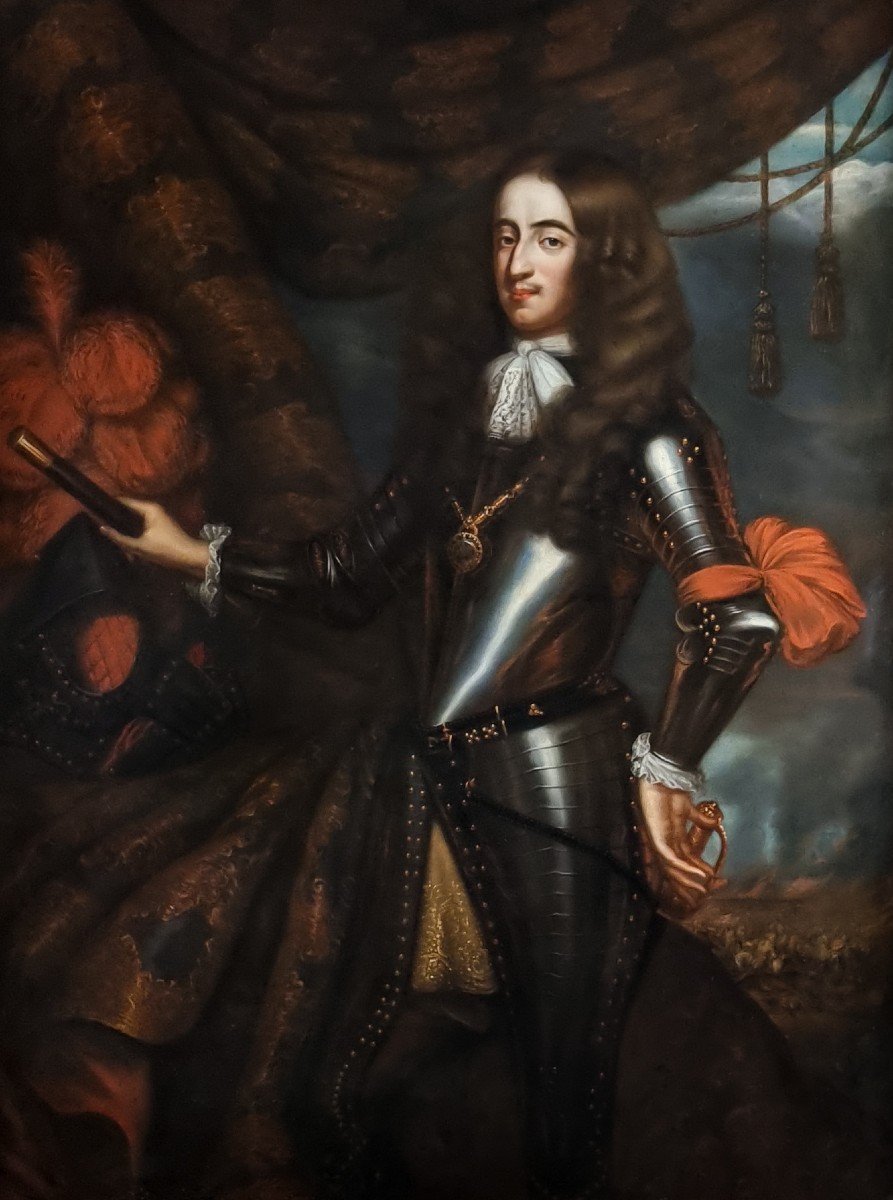


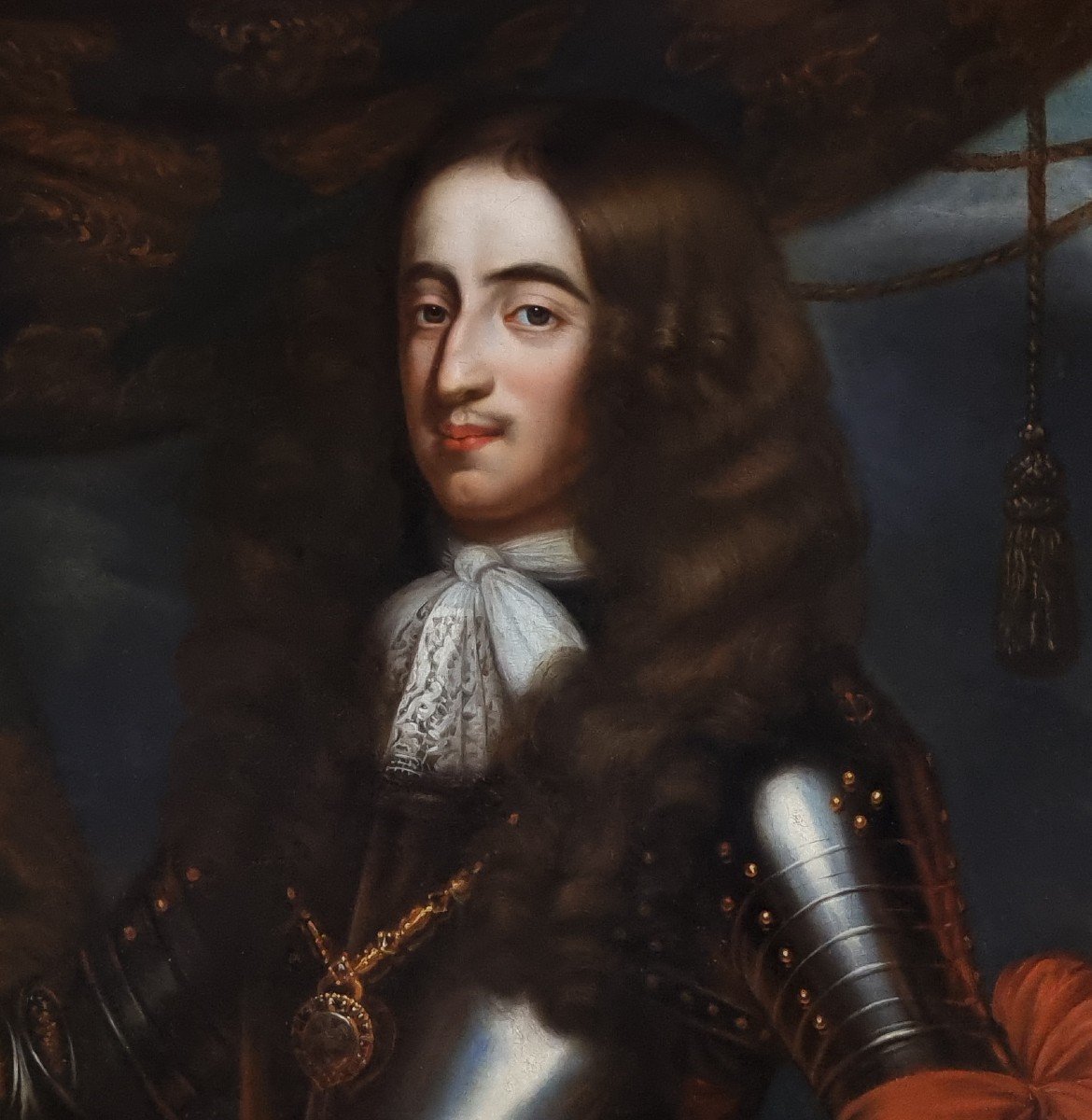


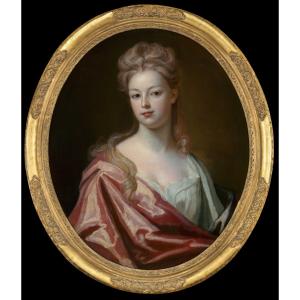
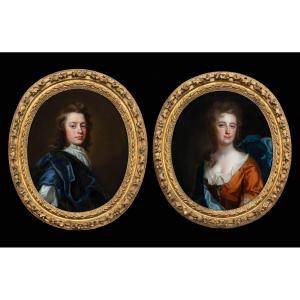
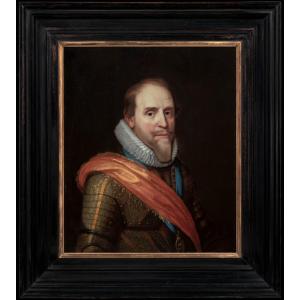


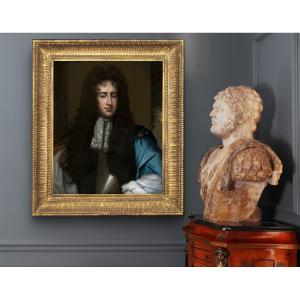



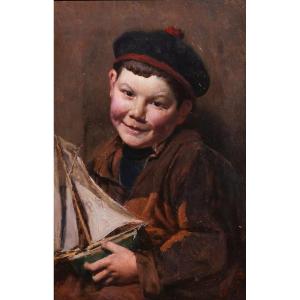





 Le Magazine de PROANTIC
Le Magazine de PROANTIC TRÉSORS Magazine
TRÉSORS Magazine Rivista Artiquariato
Rivista Artiquariato
